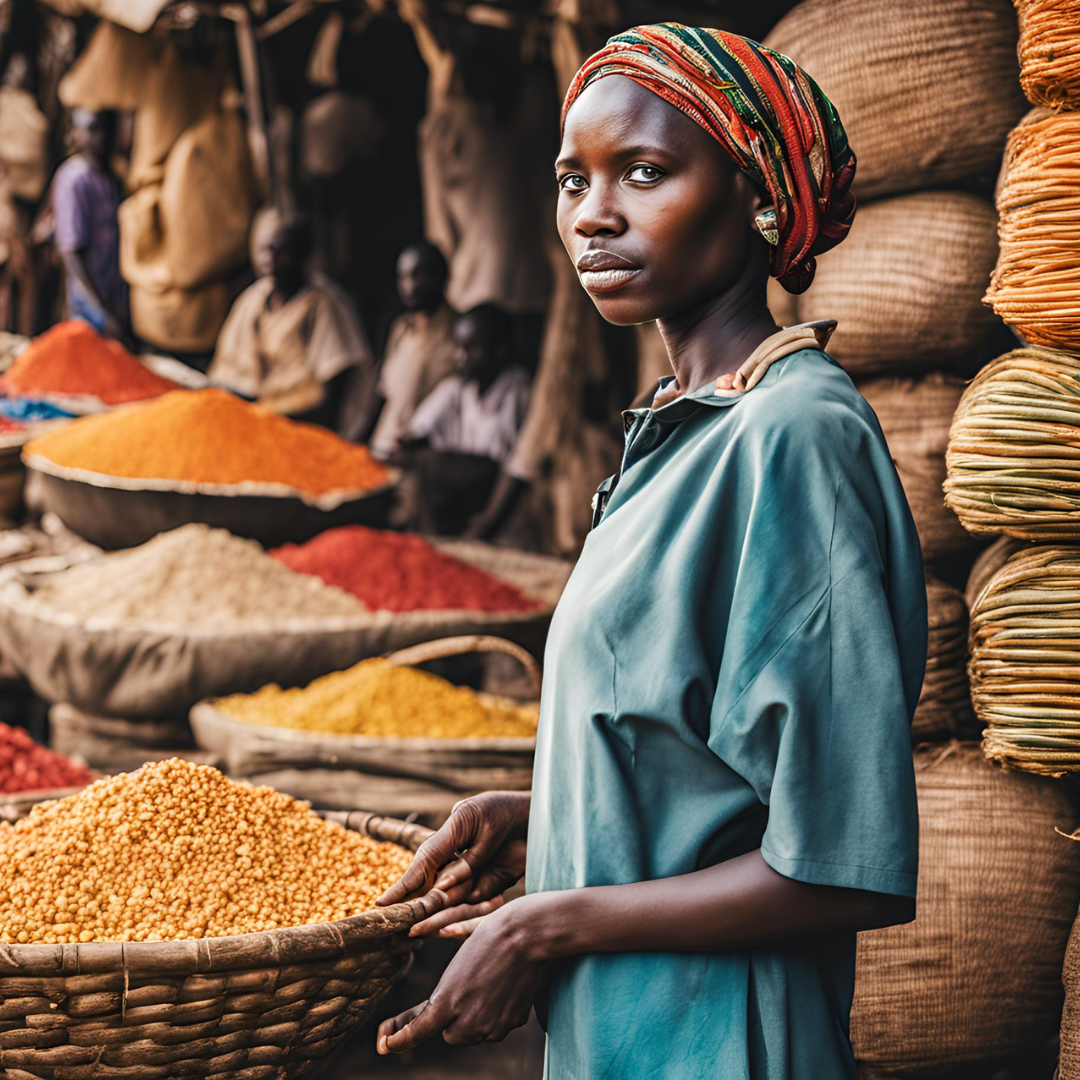A recent report by the Kenya National Bureau of Statistics shows that Kenya’s headline inflation rate has significantly decreased in the first half of the year, with the most recent data showing a 4.6% drop in June.
Despite this, consumers still face rising prices for essential goods and services. I would want to shed light on why the prices may not drop as we expected. Let’s first look into some basics that will help us know how we got here.
Inflation measures the speed at which prices for essential goods and services are increasing, indicating how quickly your money is losing its purchasing power. Lower inflation is generally beneficial for your finances.
How Inflation is measured
The annual headline inflation is measured using the Consumer Price Index (CPI). The CPI tracks the average price change over time for a fixed basket of goods and services,( goods and services that we buy and purchase very frequently) which including food, housing, transportation, and medical care.
While the contents of the CPI basket remain constant, the overall price changes as individual commodity prices fluctuate. Inflation rates can vary significantly depending on the items you are buying. For example, Kenya’s highest recorded inflation rate was 31.5% in May 2008.
What a reduction in Inflation Means for Consumers
Inflation is a sustained increase in the price level of goods and services, reflecting the cost of living in a country. When inflation slows (like in the present case), prices are still rising, but at a slower rate than before.
Prices only decline when inflation is negative. For instance, prices of goods and services rose 4.6% in the 12 months leading to June 2024, compared to 7.9% in the 12 months leading to June 2023. If the “basket” cost Ksh.1000 in June 2023, it now costs 4.6% more. Prices tend to rise more easily than they fall, and periodic easing often results from reduced consumer spending, which lowers demand and forces price cuts.
The Central Bank of Kenya aims to keep overall inflation within the 2.5%-7.5% range, targeting a 5% midpoint. They do this by adjusting interest rates based on economic conditions. Higher interest rates make borrowing more expensive, reducing consumer spending and slowing down price increases.
Inflation becomes a problem when the cost of living increases faster than income levels, making it difficult for households to maintain their standard of living.
While the decrease in Kenya’s inflation rate to 4.6% in June 2024 is a positive development, it does not mean that prices are falling. Consumers are still experiencing price increases, albeit at a slower rate. Understanding how inflation is measured and its impact on the economy and daily life is crucial. It’s essential to continue monitoring these trends and their implications for consumers and the broader economy.



















+ There are no comments
Add yours